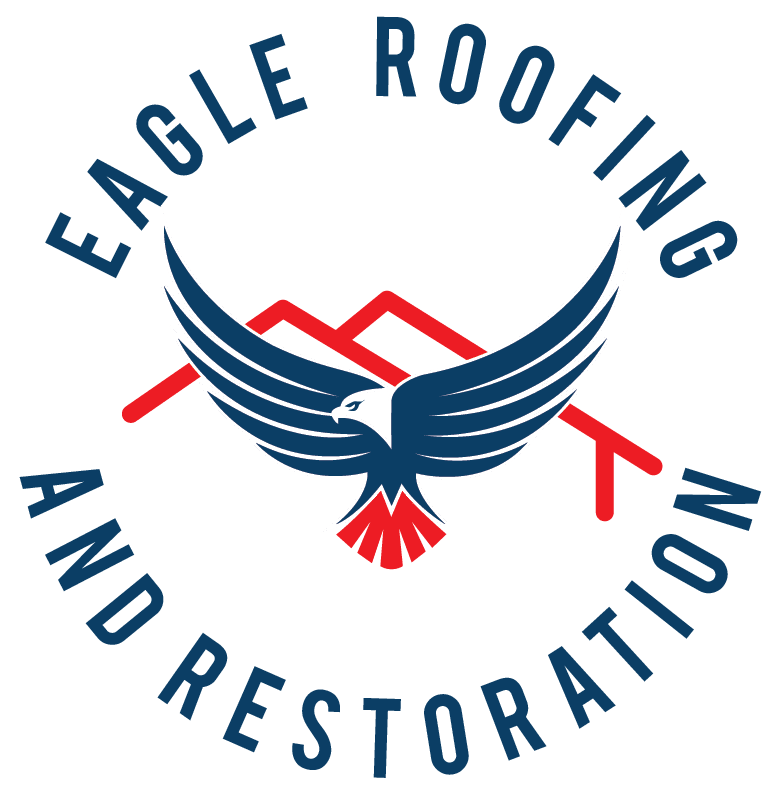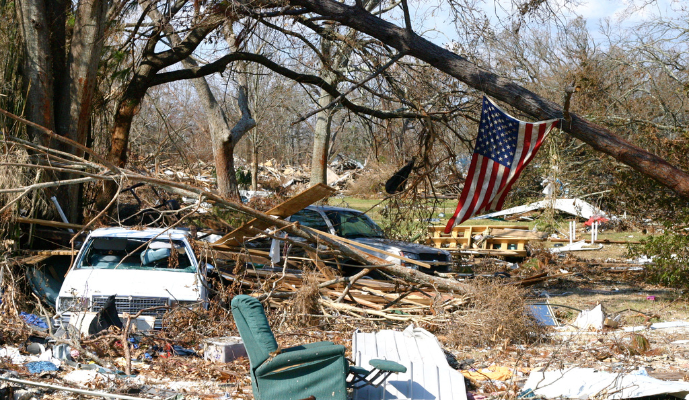Weather can be unpredictable, and as a homeowner, protecting your house from harsh elements is crucial. Residential roofing solutions play a pivotal role in safeguarding your home, ensuring it remains secure, functional, and visually appealing. Whether it’s combating the effects of heavy rain, high winds, or ice dams, your roof serves as the first line of defense. Let’s explore how residential roofing solutions can provide this protection, ensuring a safe haven for your family.
The Importance of Quality Residential Roofing
Your roof is more than just an overhead shelter; it’s a protective barrier between your home and external conditions. Investing in quality residential roofing is essential to avoid costly repairs and potential hazards. High-quality roofing materials such as asphalt shingles and modern roofing systems are designed to withstand extreme conditions like high winds, heavy rain, and ice accumulation.
Enhancing Curb Appeal and Durability
Aside from protection, residential roofing solutions can significantly boost your home’s curb appeal. New roof installations often use materials like asphalt shingles, which come in various designs and colors, helping homeowners achieve a seamless transition between aesthetics and functionality. These materials not only enhance the visual appeal but also improve the roof’s durability, ensuring that it lasts for decades with minimal maintenance.
How Residential Roofing Materials Combat Harsh Weather
Roofing materials are selected based on their ability to withstand the local climate. The type of roof system installed on your house can determine how well it handles environmental stressors. Let’s take a closer look at the types of residential roofing solutions and how they provide protection against different weather conditions.
Asphalt Shingles: The Reliable Choice for Residential Roofing
Asphalt shingles are among the most popular choices for residential roofing projects, and for good reason. These shingles are known for their durability, versatility, and cost-effectiveness. Homeowners often choose asphalt shingles due to their resistance to high winds, rain, and UV rays, making them an excellent option for homes in regions prone to severe weather. Asphalt shingles also create a seamless transition between your roof and other exterior elements, enhancing both function and aesthetics.
Green Roofs: Sustainable and Weather-Resistant
Green roofs are becoming an increasingly popular option for eco-conscious homeowners. These roof systems are designed with vegetation planted over a waterproof membrane. Not only do green roofs offer exceptional insulation, but they also absorb rainwater, reducing runoff and helping to prevent flooding. Additionally, they offer a natural air barrier that improves energy efficiency in your home by keeping it cooler in summer and warmer in winter.
Weather Conditions and the Importance of a Strong Roof System
High Winds and Their Impact on Your Roof
High winds are notorious for causing damage to residential roofs, especially if they are not properly installed or maintained. Shingles can be ripped off or loosened, leaving your home vulnerable to leaks and further structural damage. This is where regular inspections and high-quality materials come into play. When a residential roof is equipped with strong underlayment and expertly installed shingles, the likelihood of wind-related damage is minimized.
Protecting Against Ice Dams in Colder Climates
Ice dams can wreak havoc on residential roofing systems in colder regions. They form when snow melts and refreezes at the roof’s edge, creating a barrier that prevents proper drainage. This trapped water can seep under shingles, causing water damage to your roof and the interior of your home. Installing ice and water shield underlayment as part of your roofing project can effectively mitigate the risk of ice dams.
Residential Roofing Installation: The Key to Lasting Protection
The quality of the roofing materials is only part of the equation; the installation process is equally critical. Roofing contractors must ensure that every layer of the roof system—from the underlayment to the shingles—is properly installed. This includes making sure there are no gaps or weak points that could allow air, water, or debris to penetrate the roof.
Choosing the Right Roofing Contractor
Selecting a reliable roofing contractor is essential for ensuring that your new roof is built to last. Experienced contractors will know which materials are best suited to your local climate and can recommend the best accessories, such as ventilation systems and weatherproof barriers, to maximize your roof’s durability. When installing asphalt shingles, for example, a contractor will ensure that the shingles are properly sealed and aligned to create a sturdy, weather-resistant barrier.
Common Roofing Solutions for Different Weather Conditions
Roofing Shingles for Heavy Rain and Storms
Roofing shingles, especially asphalt shingles, provide exceptional protection against heavy rainfall. The shingles are installed in overlapping layers, creating a barrier that directs water away from your roof and into the gutters. This prevents water from pooling and causing leaks, which can lead to costly damage over time.
The Role of Underlayment in Wind and Water Resistance
Underlayment is a critical component of any residential roofing system, serving as the final defense between your roof deck and the elements. A high-quality underlayment will add an extra layer of protection, particularly in regions prone to high winds and heavy rain. It acts as a water-resistant barrier, ensuring that even if shingles are damaged, the roof system remains intact and protects the interior of your home.
Roofing Projects: How to Ensure Long-Term Performance
Regular Maintenance and Roof Inspections
Once your new roof is installed, it’s important to conduct regular inspections and maintenance to ensure its longevity. Homeowners should schedule inspections at least twice a year, particularly after harsh weather conditions. During an inspection, a roofer can identify and address issues such as missing shingles, damaged underlayment, and potential leaks before they turn into more significant problems.
Roofing Accessories for Enhanced Protection
In addition to choosing the right roofing materials, accessories like ridge vents, attic insulation, and gutter systems are essential to enhancing the overall performance of your residential roofing solution. These elements work together to ensure proper ventilation, prevent ice dams, and direct water away from your home, providing comprehensive protection against harsh weather.
Conclusion
Residential roofing solutions are critical to protecting your home from the damaging effects of harsh weather conditions. From asphalt shingles to underlayment, every roof system component plays a vital role in ensuring your home’s safety and durability. For homeowners looking to invest in a new roof or upgrade their existing one, partnering with a professional roofing contractor will ensure that your roofing project is handled with precision and care.
If you’re in need of expert residential roofing services, Eagle Roof offers top-quality installations, materials, and maintenance solutions to keep your home protected in any weather. With a dedicated team of contractors and a commitment to excellence, Eagle Roof is your go-to choice for long-lasting and reliable roofing solutions.

